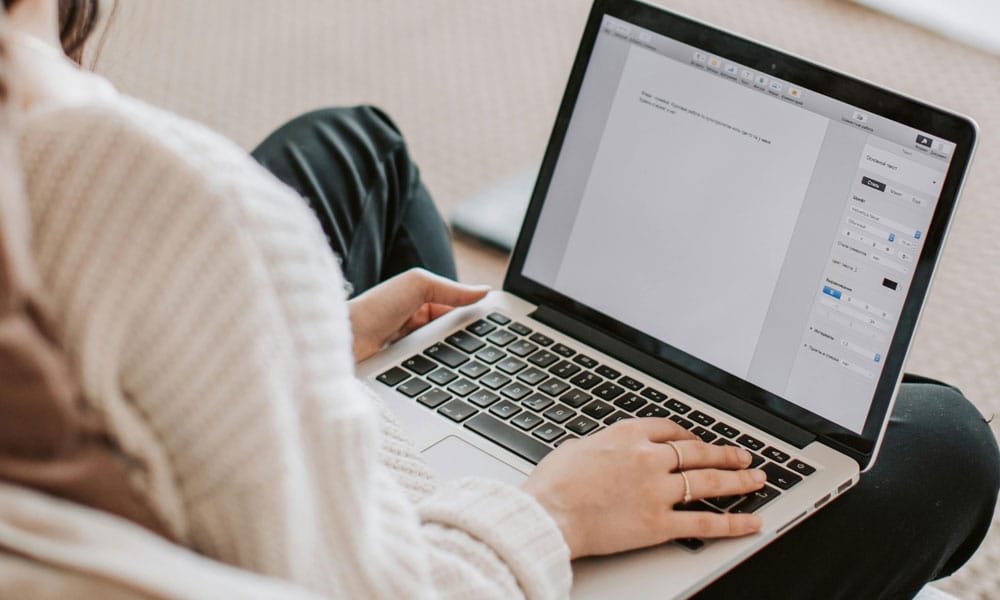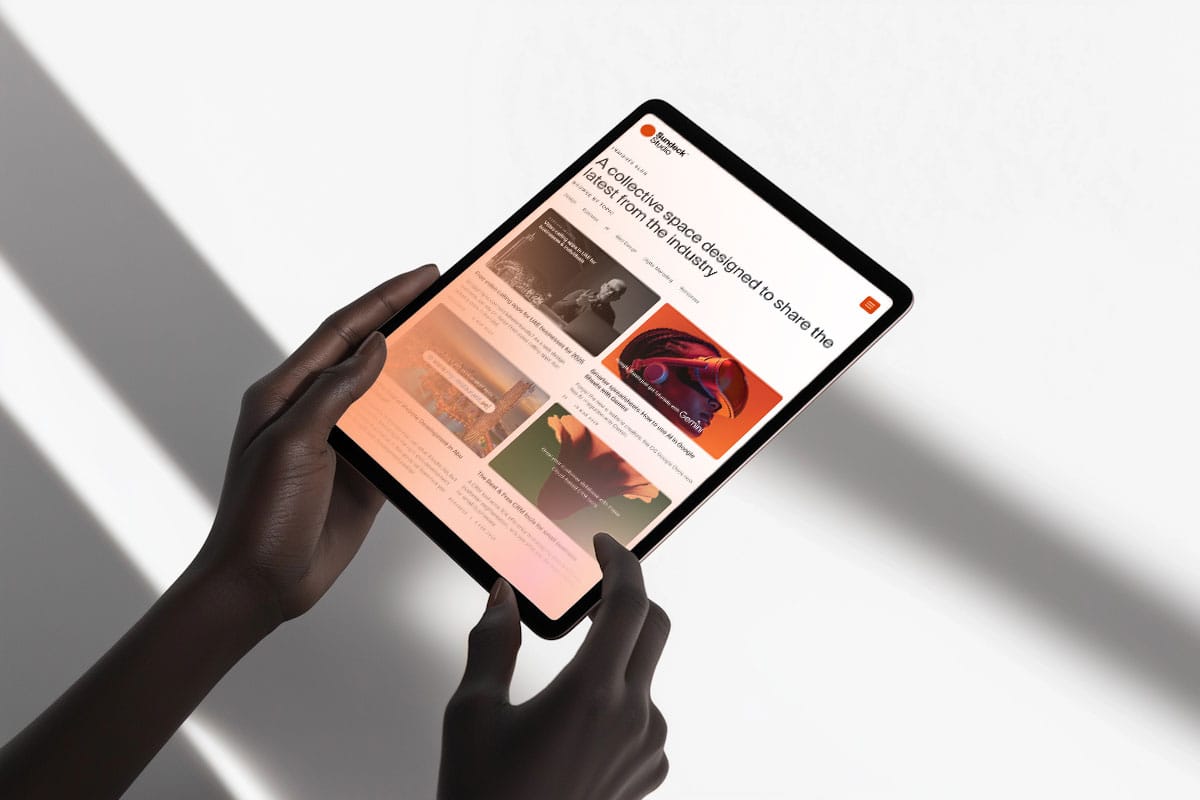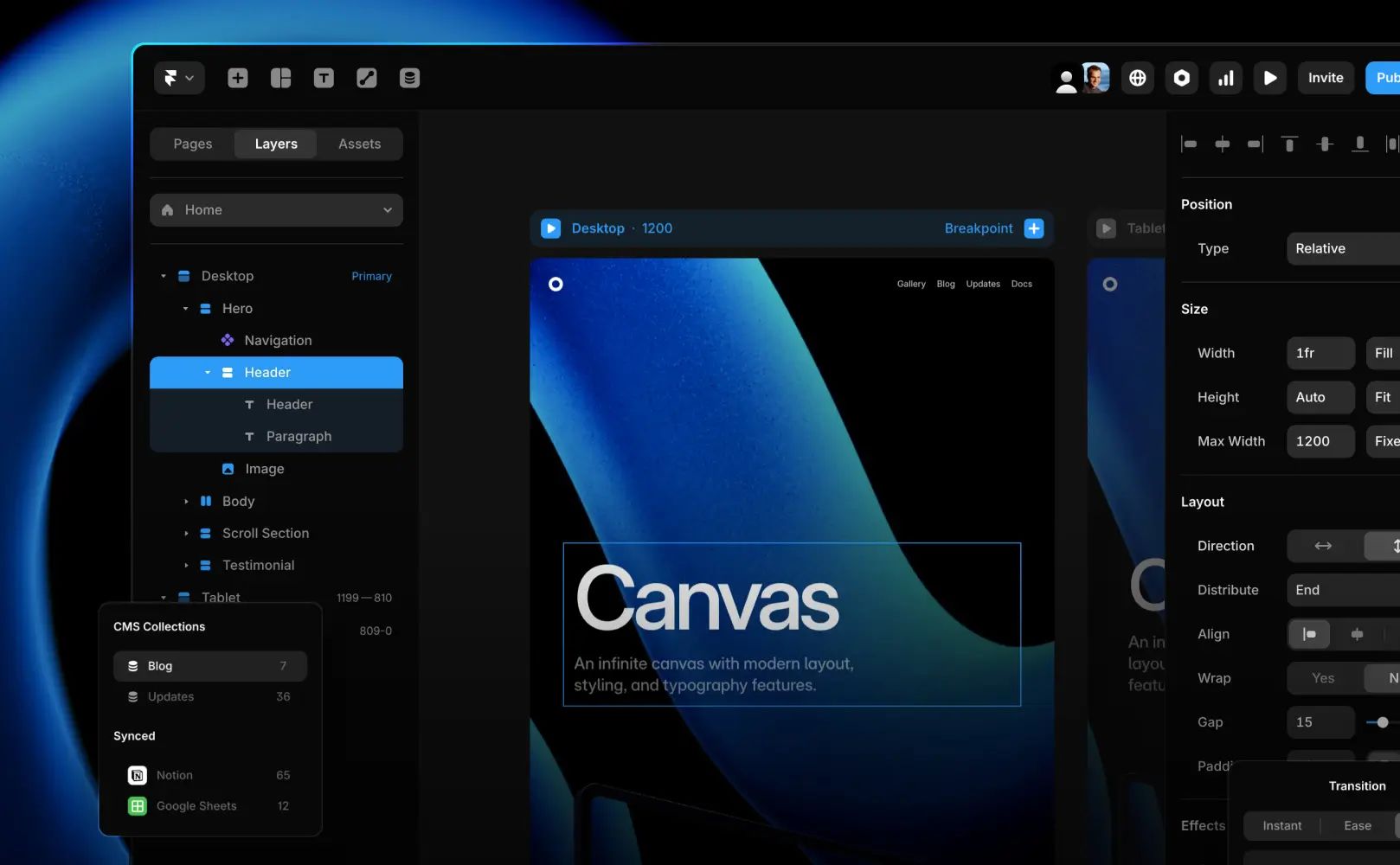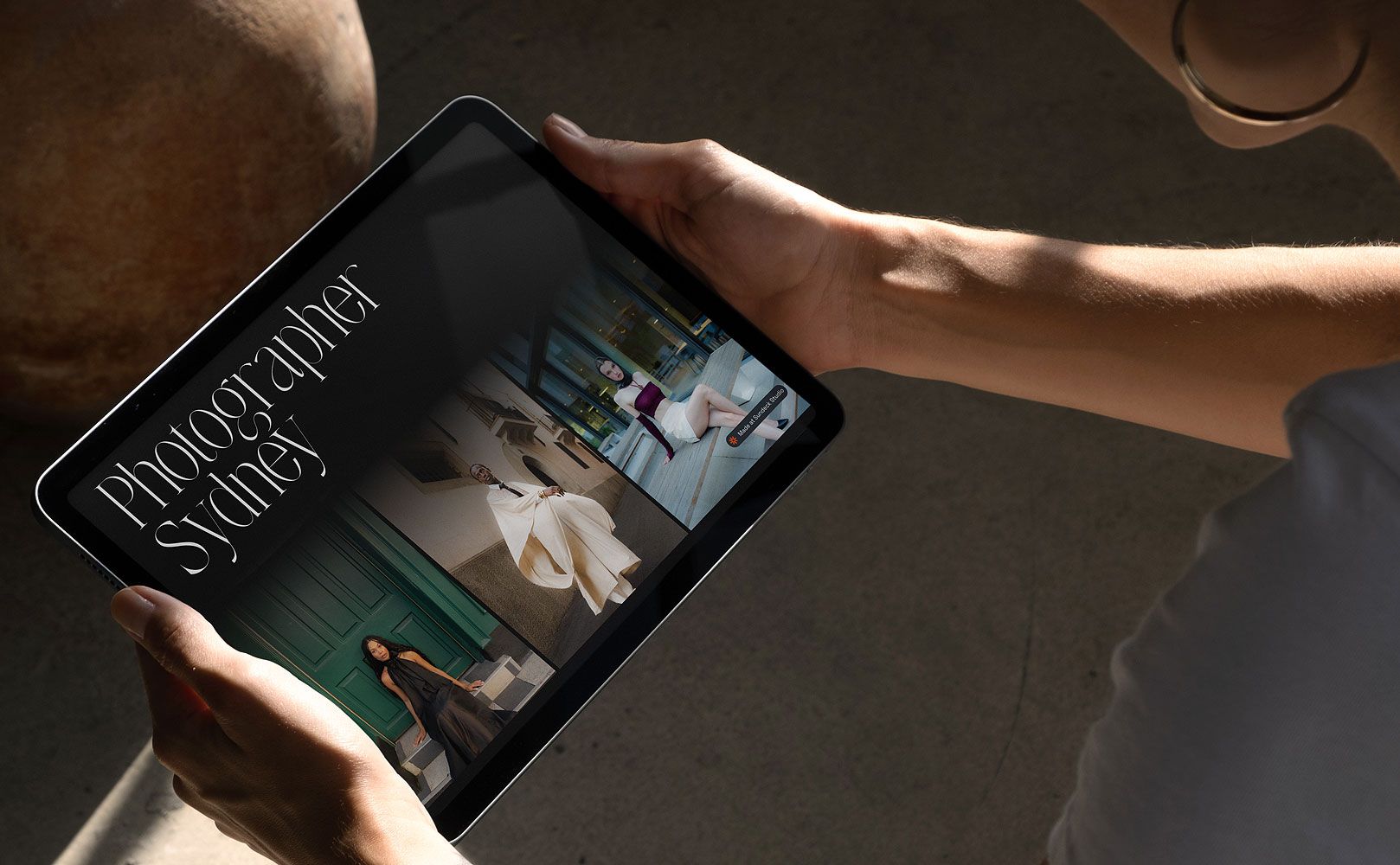
If you are new to briefing a freelancer, a designer, a creative or a web design agency, it may feel overwhelming on where to start and how to write a creative brief that gets you the maximum result. A lot of times, writing a creative brief is made to look like some sort of rocket-science. Because it is!
However, that shouldn’t scare you off. Because even if it’s your first time to be writing a brief for your next company or personal project, you can still do it, using the guide and article below.
Before getting into that, it’s important to understand how important this step of the project (writing a creative brief) is. Look, the brief is not so you get rid of a job off your shoulder. It can become problematic or even cost your company thousands, if the brief is off the mark. So let’s accept and understand that it is important to give a clear, and detailed brief to the designer, creative, or agency you are going to be working with.
So what to include in a creative brief, or how to write a creative brief that actually hits the spot and gets you the best possible results against that quote you are about to receive. Let’s look at it step by step.
1 - Understand and then explain, the objective of the project.
Before telling the agency, have a clear understanding internally of what does success look like to you with this project. What is the end goal. What’s the problem that completion of this project will solve?
Is is that your current website is not converting into potential customers? Is it because your current website is not a true representation of your brand? What would you like the new website to do that the current one is not doing (website is an example here, it could be branding, packaging or even copywriting).
Once you have a clear definition of your goal or success metric, include that in your brief under a section which you can label as “What success looks like” or “The goal of the project”
2 - Include references.
Let’s admit this. Designers or creative agencies are not mind readers. Including visual references of other branding or web designs, remove that grey area or ambiguity. The gap between what you think looks good vs what the agency or freelancer you’re working with, thinks looks good.
Go on Pinterest, Google, Behance, wherever you like and include at least 3 to 5 visual references of websites or branding or packaging that you like. This helps creatives understand your taste and style better.
3 - Include a rough timeline.
By When do you want this to be finished. This is an open discussion, the agency will give you their estimate too. But you including a rough estimate of when you want this ready by, is a good starting conversation on timelines.
4 - Have a conversation.
As much as we can do on emails, it’s ideal to have a few conversations on video call or in-person. To better explain your idea, goals and other things about your desired end result from this project.
5 - Include your messaging and tone of voice.
How do you image your brand (or website) to speak to the audience. Is it bold? Is it colourful, is it playful is it serious. Include these hints in your brief as well.
6 - Budget
Don’t expect the creative agency to shoot in the dark. Include a rough budget you have in mind for this project. This will save time and disappointments for both the parties.
7 - Assets
Already have some assets? Fonts, colour palette or other assets that you want to use? Include them early on to help the creative understand your brand better.
8 - Stakeholders
Who will be doing what? Is Hannah from marketing going to be the go-to person for all marketing and design assets? Help the creative team understand your team structure as well.
Remember, your end project will turn out only as good as your initial brief. The more work and love you put in this step, the better results you can expect.
Seeking branding or web design agency in Australia, New Zealand or UAE? get in touch with us and our specialised team of creatives will be happy to assist.








